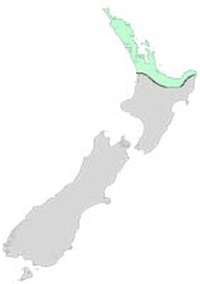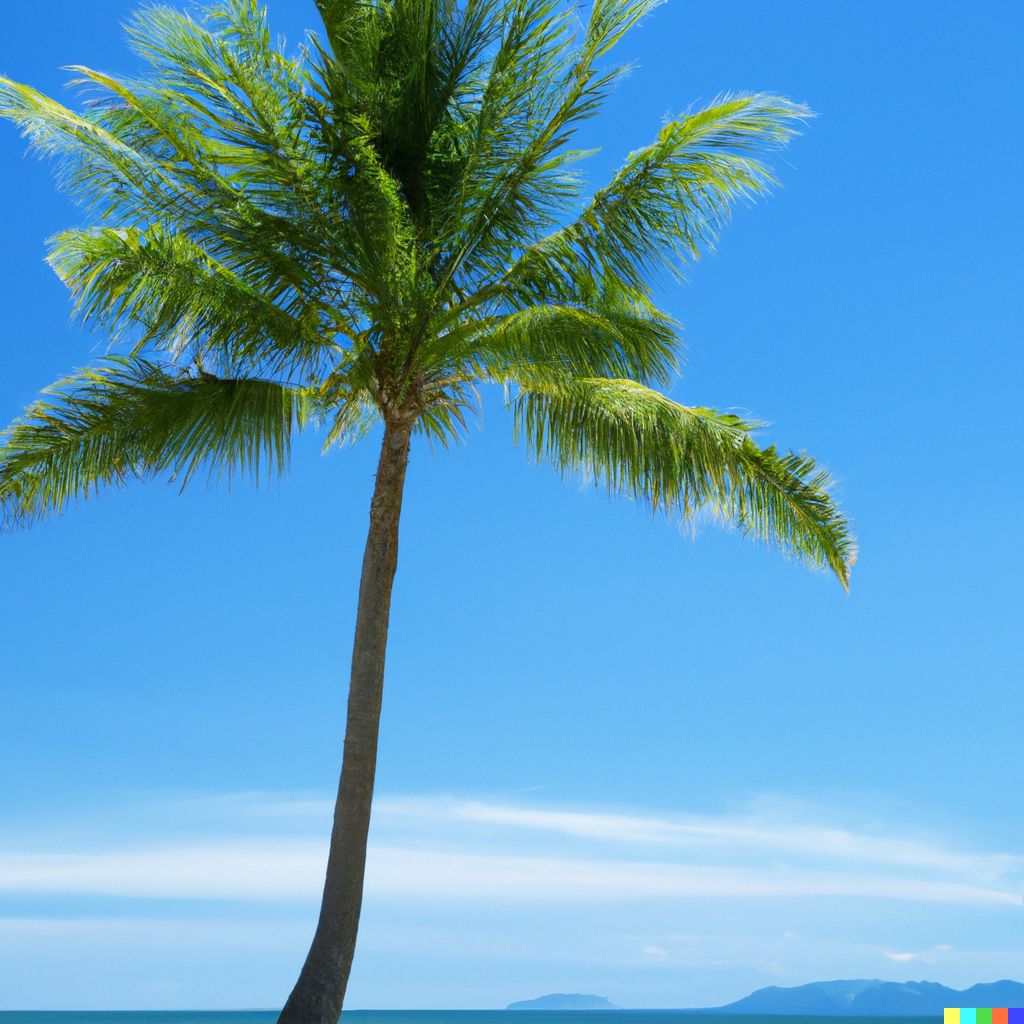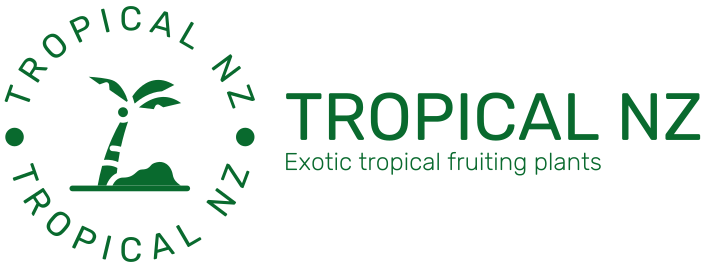The subtropics are the regions of the Earth located between the tropics and the temperate zones, known for their warm, humid climates, mild winters, warm/hot summers, and high levels of precipitation.

The subtropics are typically defined as the regions of the Earth between the tropics (23.5 degrees north of the equator and 23.5 degrees south of the equator) and the temperate zones (approximately 35 to 50 degrees north and south of the equator). This means that the subtropics are located between the latitudes of approximately 23.5 and 35 degrees north and south of the equator.
The subtropical regions of the world include the southern United States, Mexico, parts of South America, southern Africa, Australia, and parts of Asia. In New Zealand, Kerikeri and Kaitaia are at 35.2 degrees south – right on the edge of the subtropical zone if you only count latitude.
The upper North Island is often thought to be subtropical due to its warm, humid climates. However, it can also be considered to have a warm-temperate maritime climate, which is a transitional climate zone between the subtropical and temperate climate zones.
One of the defining characteristics of subtropical climates is their high levels of precipitation, which is often distributed unevenly throughout the year. Many subtropical regions experience a distinct wet and dry season, with heavy rainfall during the wet season and little to no rainfall during the dry season. This is less true in NZ, especially during La Niña.
NIWA
According to the folks at NIWA, the upper North Island comprising of Northland, Auckland, coastal Bay of Plenty along to East Cape is considered subtropical.

USDA hardiness zones
The USDA hardiness zone classification system is used to identify areas of the United States where certain plants are most likely to thrive. The zones are based on the average annual minimum temperature, and each zone is divided into sub-zones (a and b) based on 2.8°C temperature differences. For example, Zone 5 has a minimum average annual temperature range of -29°C to -23°C, while Zone 6 has a minimum average annual temperature range of -23°C to -18°C.
According to the USDA Hardiness Zone Map, New Zealand ranges from Zone 5a to Zone 12a, with the lower-numbered zones located in the southern parts of the country and the higher-numbered zones located in the northern parts.
For example, in Zone 5a, which includes areas such as Central Otago and parts of Southland, plants that can tolerate cold temperatures and frost are most likely to thrive. In Zone 10b, which includes areas such as Northland and Auckland and the tip of East Cape, tropical and subtropical plants are most likely to thrive.
However, the USDA classification is more concerned with the minimum temperature. NZ being a maritime climate means it is generally more mild than continental areas, with less temperature extremes.
Coconuts can survive in zone 10 up. Does that mean they will grow in NZ?

BRB, planting coconuts
Sadly, no. The USDA zones don’t take into account maximum temperatures, and NZ is just too cold for coconut to thrive, despite some areas being USDA zone 10 and up.
Ideally, the soil temperature should be at least 22°C year round for coconuts. Mean annual temperatures in Northland vary from about 15.5°C to 16.5°C – far too cold unfortunately. This illustrates why the USDA zone maps often flatter NZ.
What subtropical plants can we grow?
Still, instead of all this faffing around with climate classification, let’s look at what will grow in NZ:
- Avocado (Persea americana)
- Citrus (Citrus spp.)
- Longan (Dimocarpus longan)
- Papaya (Carica papaya)
- Soursop (Annona muricata)
- Cherimoya (Annona cherimola)
- Mango (Mangifera indica) (under cover for best fruit set)
- Guava (Psidium guajava)
- Passionfruit (Passiflora edulis)
- Feijoa (Acca sellowiana)
- Kumquat (Fortunella spp.)
- Pineapple (Ananas comosus)
- Sugar apple (Annona squamosa)
- Rollinia deliciosa
- Jackfruit (Artocarpus heterophyllus)
- Brazilian cherry (Eugenia uniflora)
- Sugar cane (Saccharum officinarum)
- Lychee (Litchi chinensis)
- Sapodilla (Manilkara zapota)
- Casana (Sicana odorifera)
- Jaboticaba (Plinia cauliflora)
That sure does sound subtropical to me.

Leave a Reply